| Columns Retired Columns & Blogs |
Harbeth HL-P3 loudspeaker JA on the HL-P3ES2, April 2007
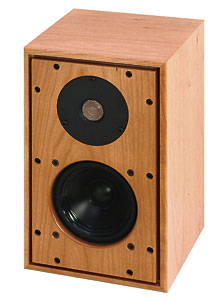
Sat, 12/04/1993
- Read more about Harbeth HL-P3 loudspeaker JA on the HL-P3ES2, April 2007
- Log in or register to post comments
Harbeth HL-P3 loudspeaker John Marks, October 2005
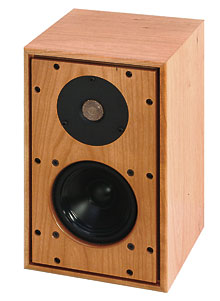
Sat, 12/04/1993
- Read more about Harbeth HL-P3 loudspeaker John Marks, October 2005
- Log in or register to post comments
Harbeth HL-P3 loudspeaker Measurements
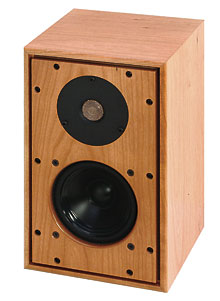
Sat, 12/04/1993
- Read more about Harbeth HL-P3 loudspeaker Measurements
- Log in or register to post comments
Harbeth HL-P3 loudspeaker Review context
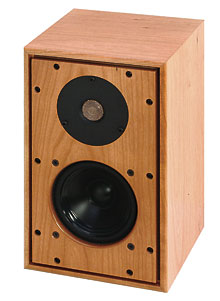
Sat, 12/04/1993
- Read more about Harbeth HL-P3 loudspeaker Review context
- Log in or register to post comments
Harbeth HL-P3 loudspeaker Specifications
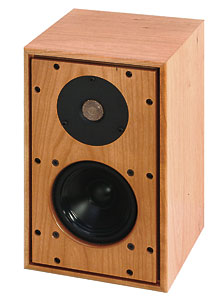
Sat, 12/04/1993
- Read more about Harbeth HL-P3 loudspeaker Specifications
- Log in or register to post comments
Harbeth HL-P3 loudspeaker
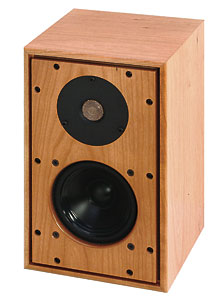
Sat, 12/04/1993
- Read more about Harbeth HL-P3 loudspeaker
- Log in or register to post comments
Meridian MCD & MCD Pro CD players Specifications
Mon, 02/04/1985
- Read more about Meridian MCD & MCD Pro CD players Specifications
- Log in or register to post comments
Meridian MCD & MCD Pro CD players Anthony H. Cordesman on the MCD Pro
Mon, 02/04/1985
Meridian MCD & MCD Pro CD players Manufacturer's Comment
Mon, 02/04/1985
- Read more about Meridian MCD & MCD Pro CD players Manufacturer's Comment
- Log in or register to post comments
Meridian MCD & MCD Pro CD players George M. Graves II Review
Mon, 02/04/1985




